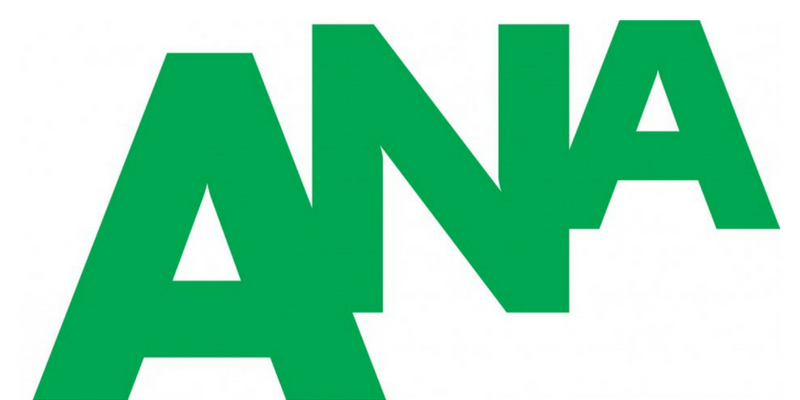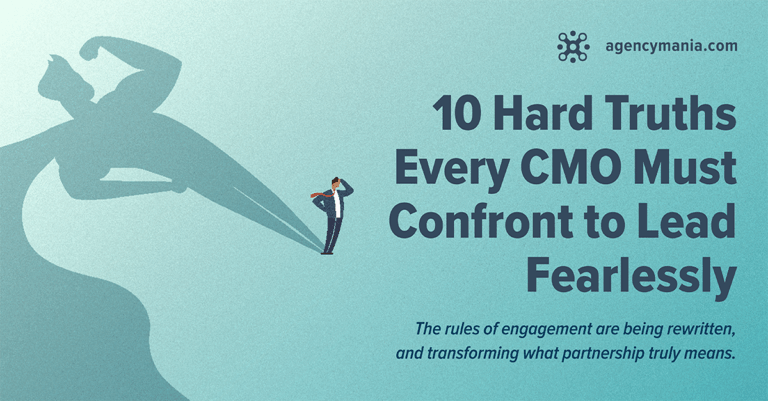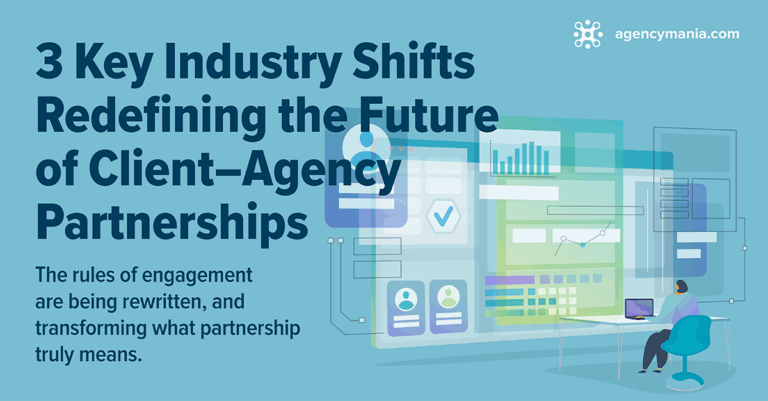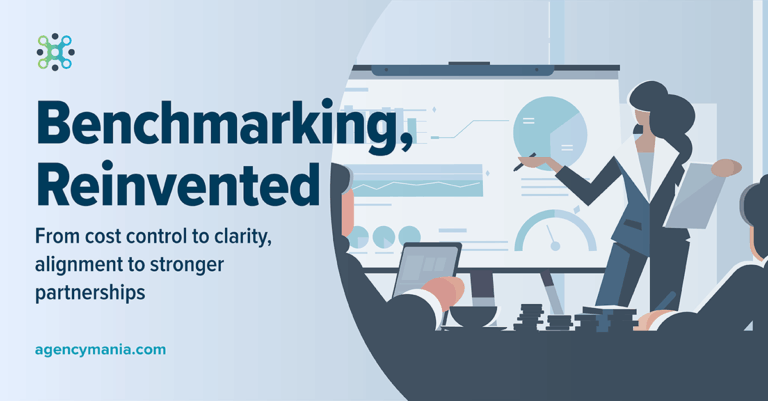The Ultimate Payoff:
Investing in your agency relationships is a payoff, not a tradeoff. Advertising has evolved into a complex, multi-faceted discipline requiring skills borrowed from business strategy, finance, information technology, human resources, and almost every other corporate function. So, it’s no surprise that the list of activities on marketers’ desks increasingly runs long and deep.
Prioritizing Strong ROI Enablers
Too many marketing priorities can lead to disappointments and tough compromises. As a result, marketing leaders spend a great deal of time and energy deciding what to do, and equally, if not more importantly, what NOT to do. Time and budgets are in increasingly limited supply and expectations have never been greater on clients and agencies than in recent years. Prioritizing is now an absolute necessity. Having the right talent – whether internally or externally – is undeniably critical to any organization’s longevity and success. The ROI is clear: work is stronger, team collaboration improves, and innovative thinking prevails. Marketing is a talent-driven profession.
So naturally, marketing leaders focus on strengthening the talent and the partnerships with the select agencies they rely on to deliver high-performance work. Brand advertisers continuously ask themselves: how much time and effort should I invest in building or improving these relationships? What will it take to turn them into sturdy partnerships? What incremental tangible gains should I expect from that investment in time and effort? What are the levers I can pull to make these valuable resources perform even better over time?
These agency resources operate around the clock, throughout the fiscal calendar, carefully aligned and often embedded into their clients’ operating processes. To illustrate that point, years ago, I coined a term to describe the wide range of agency management responsibilities fulfilled by advertisers to enable their marketing organization to thrive all year long. I call it “Partnership Lifecyle Management.”
Operationalizing Agency Partnerships
For partnerships to flourish, advertisers must equip marketing teams and agency partners with tools, processes, and resources that enable them to team up, produce better work, and do so efficiently. The client/agency relationship is constantly managed and fine-tuned through a continuum that naturally blends with a company’s rhythm of the business and overall fiscal calendar, as illustrated below.
The top part of the chart shows the various agency relations/management activities such as onboarding and training, scope of work, and briefing, to name a few, that must be fulfilled to successfully operate the agency model. The layer underneath shows a typical process flow that has been institutionalized to enable key cyclical activities and milestones involving the agencies, from planning to budgeting and conducting quarterly business reviews. At the end of each fiscal calendar, an advertiser typically conducts a review of the year – financially, performance-wise, and relationship-wise, to determine if any actions must be taken to prepare for another successful fiscal year. If the relationship stays strong and performs up to client expectations, the process simply continues.
Evolving Agency Management Priorities
As with any corporate discipline, “Agency Management” is a profession in constant flux, adjusting to marketplace realities, new trends, and the changing expectations of marketing. At a recent open-enrollment workshop titled “Effective Agency Management in a Turbulent World” I conducted on behalf of the ANA in San Francisco, I asked a decent size group of participants, many representing large advertisers – across marketing, procurement and agency relations roles – to share the topics that were of greatest interest to them based on their current pain points and priorities.
The results are illustrated in the word cloud below, clearly showing the evolving nature of their responsibilities and priorities. “Performance/measurement”, “RFPs,” and “compensation” are top of mind these days because of the competitive pressure experienced in every industry category. As marketing leaders push the envelope to drive growth, all “enabling” functions like agency management are adroitly adjusting their aims to be of strategic value and support to internal stakeholders.
It’s clear that the current business environment is prompting more agency reviews, more change in agency rosters, and greater demands on all players to drive efficiencies and execute brilliantly. These demands must be infused into the partnership lifecycle process, so they become less ad-hoc or opportunistic by nature, and therefore far more systematic and predictable. It’s also a sign of maturity for any profession.
The well-orchestrated management of agency partners is the ultimate goal for marketing leaders looking to make every dollar work harder. As with any fruitful investment, it requires discipline and consistency to pay off.
By: Bruno Gralpois, Co-Founder & Principal, ANA Faculty
Download a print-friendly version here
Published on: October 15, 2019
Also Seen on ANA








